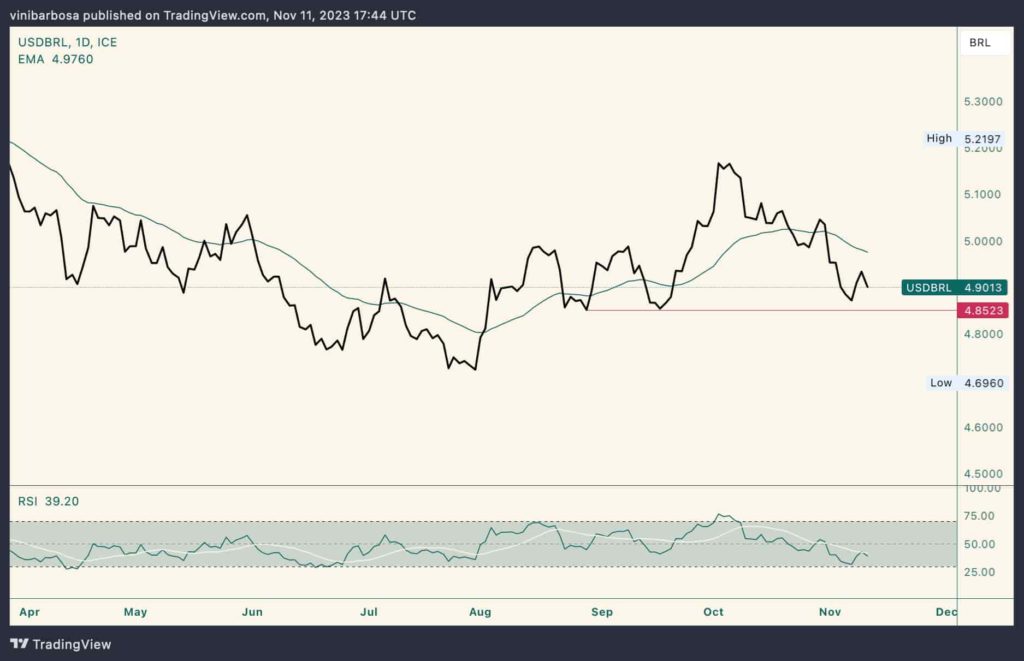Brazil’s Senate approved a tax reform bill on November 8 that could set the country on track for the world’s highest Value-Added Tax (VAT). The legislation introduces a dual VAT system, replacing five current consumption taxes. This change aligns Brazil with over 170 countries that already utilize VAT.
However, financial sectors such as fuels, hotels, events, education, and healthcare will benefit from reduced or zero VAT rates. To offset these exemptions, other areas may face a higher standard tax.
Interestingly, based on the bill’s earlier draft, the Brazilian Treasury Ministry’s initial estimate suggested a potential tax of up to 27.5%. Using Federal Revenue data, the Institute of Applied Economic Research (IPEA) indicated the rate could reach 28%. The Treasury is set to conduct a new assessment.
It is crucial to say that the constitutional amendment proposal doesn’t establish a fixed VAT rate, leaving it to complementary legislation to set the value.
Brazil’s forecasted VAT could surpass Hungary’s 27%
If the Treasury and IPEA’s scenarios hold true, Brazil’s VAT would surpass all other nations. India, another developing country, implemented a multi-tiered VAT system with rates from 0% to 28% in 2017; its one-phase transition lasted 11 months. Brazil’s gradual transition is scheduled from 2026 to 2033.
Amongst VAT-implementing countries, Hungary currently charges the highest rate at 27%, with Andorra having the lowest at 4.5%. The non-weighted average VAT rate for the 28 Organisation for Economic Co-operation and Development (OECD) member states is 19.2% in 2023.
Globally, the average VAT rate hovers around 15%, with regional averages varying from roughly 12% in Asia to 20% in Europe. Unlike major economies, the US uses state and local sales taxes instead of a national VAT, averaging 6.6% in 2020.
The standard rate for the European Union is 21%, six percentage points higher than the region’s minimum required VAT rate. The OECD notes that consumption taxes typically account for around 30% of total tax revenues in countries.
U.S. Dollar (USD) to regain strength against the Brazilian Real (BRL)
In this context, the U.S. Dollar (USD) shows signs of strength against the local currency, the Brazilian Real (BRL). At the forex market closure on November 10, the USD was trading at R$4.90 after testing a support zone close to R$4.85 per dollar.

Notably, the Relative Strength Index (RSI) reached the oversold edge at 30 points on November 7. It now shows potential for a short retracement to the 30-day exponential moving average (EMA) at $4.97. This EMA is close to the strong psychological resistance at R$5.00 per dollar.


GIPHY App Key not set. Please check settings